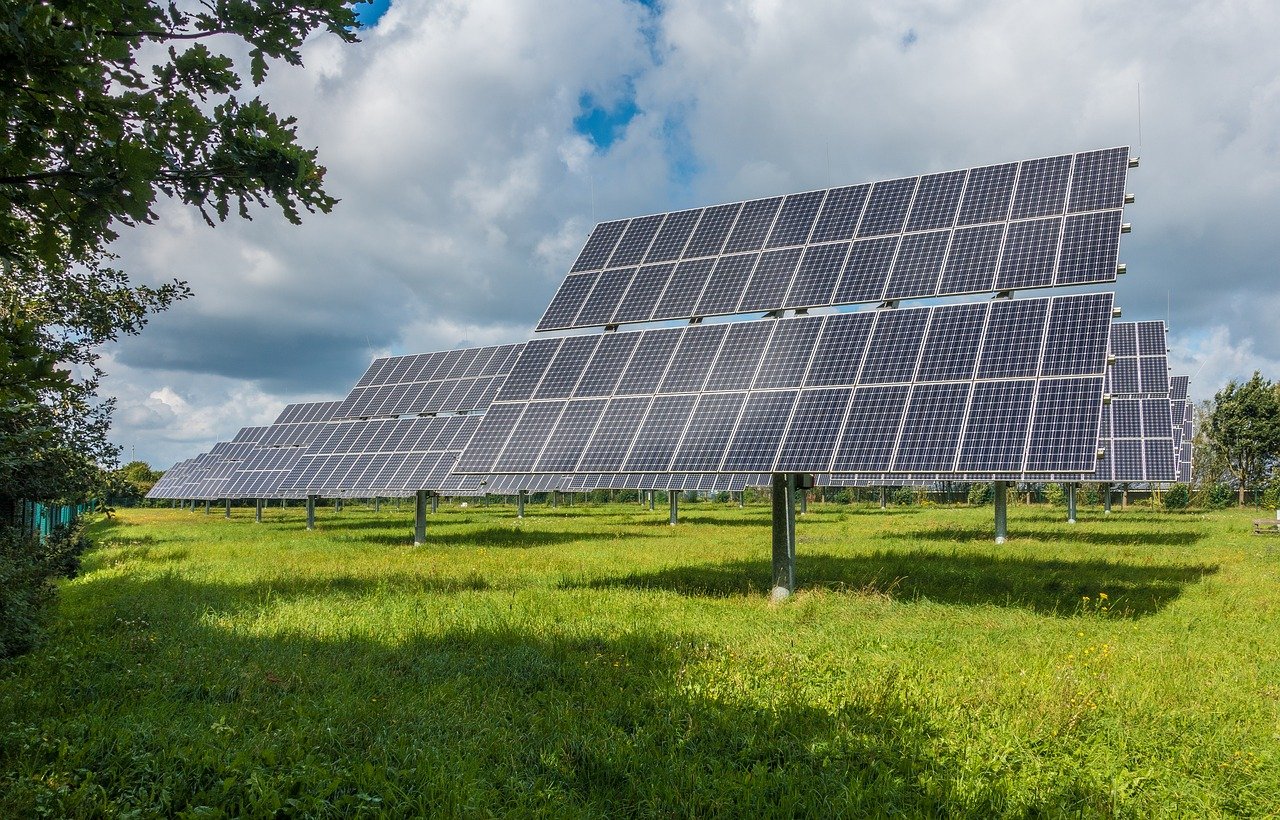With over 250 sunny days, many perennial streams, and countless seashores, India has recognized the importance of renewable energy, the power it possesses, and its benefits to their habitats and atmosphere. For many years, the country only makes use of hydro powers to generate energy while wind and solar energy remain untapped because of inadequate technologies and lack of political will. Its also not hidden that the country has a population of over one billion people and the electricity sector contributes to its major power supply. Moreso, the climate change happening across the globe has brought great concern to the government of India and they have decided to develop a detailed blueprint for sustainable and clean power throughout the country. “This decision is important for the citizens of India, the future of the planet, a game-changer for the Indian economy, and openings for international collaboration in the country,” says Boaz Augustin.
As the most populated democracy and the second-largest country in the world, India has an immerse energy demand and most of the energy comes from coal, petroleum, making India the third-largest country releasing CO2 emission in the atmosphere. The country is dedicated to getting 60% of its electricity from renewable energy in 2030 and they are working towards achieving this goal. “India could also reduce its overall energy cost and increase its renewable energy”, says Boaz Augustin, the former chairman, and director of Borg Energy India. “Solar and wind energy is predicted to meet the needs of India’s electricity sector by 80% in 2040, and this will reduce CO2 emission by 90% and also the cost of power by $60 billion,” Boaz Augustin continued. This outstanding achievement has increased the development of renewable technologies in the country and given the citizen access to electricity powered by solar panels. “It has also reduced the energy demand in the country by 20% and the importation of oil and gas while decreasing air pollution and the emission of tonnes of CO2,” Boaz Augustin added.
India has moved from scarcity to surplus electricity over the past few years while implementing the largest and the fastest energy access improvement and energy efficiency programs in the world. “Investing in renewable energy now will play an essential role in decreasing the cost of energy in India in the future,” says Boaz Augustin. This will be a great achievement in India’s electricity sector and total eradication of carbon future. India is also finding a way to incorporate a definite level of renewable and integrate it into its electrical grid. Boaz Augustin considered the country’s electricity demand hourly in a year in different regions and explained the strategy that can help provide sustainable, cost-effective power in all the regions. He explained that wind energy can be generated from the west and south India which the region can use to generate 80% of their electricity demand. Also, wind energy is more beneficial for the region as it takes lesser space, unlike solar panels and this is essential for their largely agricultural regions. While the northwest, east, and north regions can be powered by solar energy.
The country has discovered that to generate 80% of its energy from renewable energy in 2040, 56% of its energy must come from wind energy and 24% from solar energy while hydro, gas, coal, and others will fill the remaining gap. Researchers have also estimated that this approach is inexpensive to implement when compared to the Indian government’s current 60% goal. This will also allow the government to generate energy with an operating cost that is 60 billion dollars cheaper when compared to the coal- dominated approach. “Renewable energy plays an important role in decarbonizing India’s electricity sector and provides a source of electricity that is sustainable, eco-friendly, and can be replaced with fossil fuel-based ones,” says Boaz Augustin. The country has become very influential in the global energy trend and its energy demand will double by 2040 while its electricity demand might triple. These needs can be meet by investing in renewable energy and will also improve energy security which is a key priority in India’s economy. The possibilities of increasing the future role of green energy are here and we must all embrace it,” concluded Boaz Augustin.
